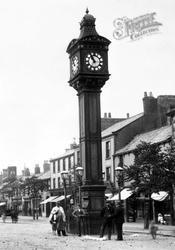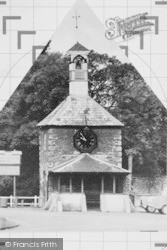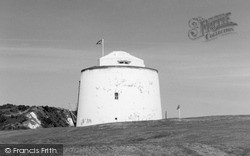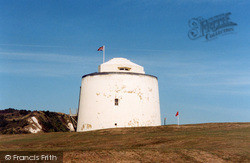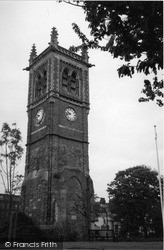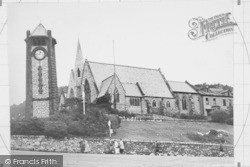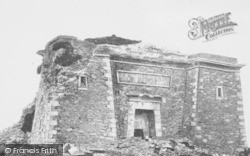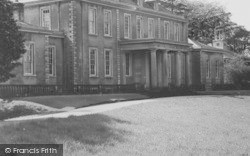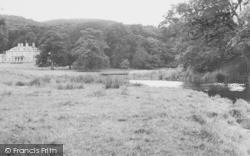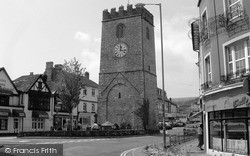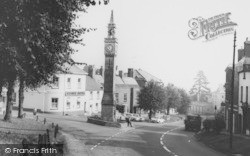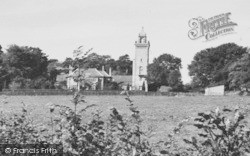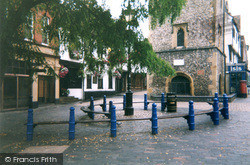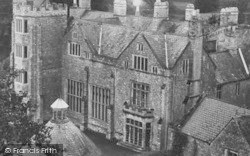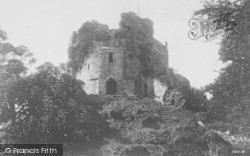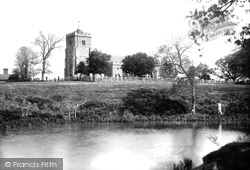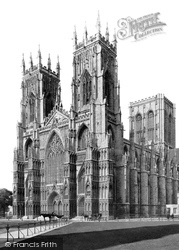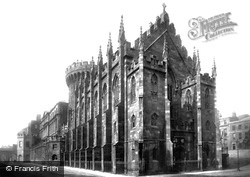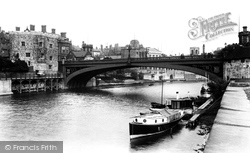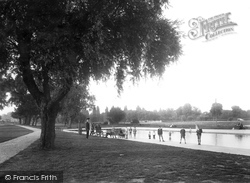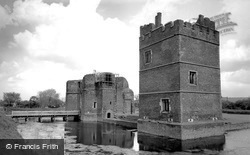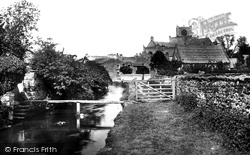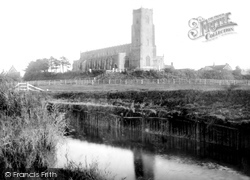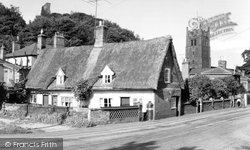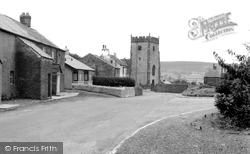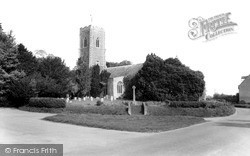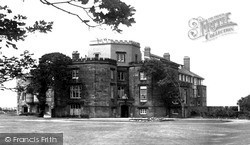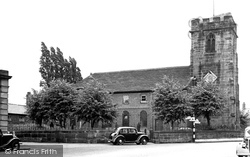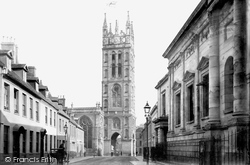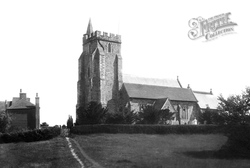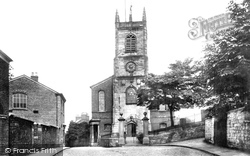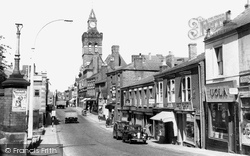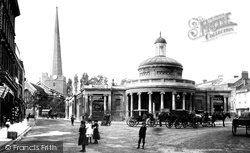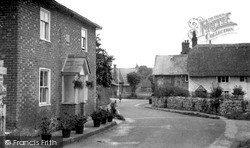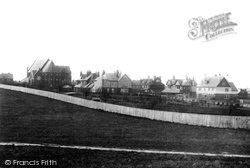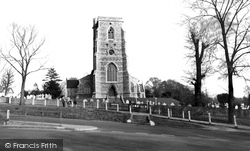Places
36 places found.
Those places high-lighted have photos. All locations may have maps, books and memories.
- Poplar, Middlesex
- Bow, Middlesex
- Bethnal Green, Middlesex
- Stepney, Middlesex
- Alton Towers, Staffordshire
- Isle of Dogs, Middlesex
- Limehouse, Middlesex
- Spitalfields, Middlesex
- Barjarg Tower, Dumfries and Galloway
- Bromley, Middlesex
- Stratford Marsh, Middlesex
- Tower Hill, Merseyside
- Tower Hill, Essex
- St George in the East, Middlesex
- Wapping, Middlesex
- Globe Town, Middlesex
- Old Ford, Middlesex
- Cubitt Town, Middlesex
- Tower Hill, Cheshire
- Tower Hill, Surrey
- Bow Common, Middlesex
- Mile End, Middlesex
- Millwall, Middlesex
- Ratcliff, Middlesex
- Warmley Tower, Avon
- Tower Hill, Hertfordshire
- Tower End, Norfolk
- Tower Hamlets, Kent
- Tower Hill, Devon
- Tower Hill, West Midlands
- Blackwall, Middlesex
- North Woolwich, Middlesex
- Hackney Wick, Middlesex
- Shadwell, Middlesex
- South Bromley, Middlesex
- Tower Hill, Sussex (near Horsham)
Photos
2,720 photos found. Showing results 1,801 to 1,820.
Maps
223 maps found.
Books
1 books found. Showing results 2,161 to 1.
Memories
637 memories found. Showing results 637 to 637.
Captions
3,036 captions found. Showing results 2,161 to 2,184.
The battlemented tower with its small pinnacle once sported a quaint timber belfry, which rose to a height of 130 feet.
The minster is one of the largest cathedrals of England, and the western towers are 196 feet high.
It was completed in 1814 by Francis Johnson, and is situated in the Lower Yard, on the site of an earlier, smaller, chapel. In the background is the Record Tower, which dates from 1258.
St Martin's Church tower can be seen behind the bridge.
The church was rebuilt in 1651 and the tower and spire added in 1828.
In the distance, the tower of St Paul's church peers above the roof of the Globe Hotel. Nearby is the Perse School, established in 1625, and moved here from Free School Lane in 1890.
The surviving west tower is where Jane Shore, mistress of Edward IV, came after his death.
Behind is the former priory church, its cross-set belfry rising above a low square tower.
It was entirely rebuilt in the mid to late 15th century on a massive scale: it is 128 feet long with a tower 83 feet high, which had a spire until 1577.
The tower is 101 feet high, and was built c1454-79.
The strong tower appeared in 1450. Within is a piscina, part of the original 12th-century building, and the font was probably presented by the Bradley family.
Because of its high position, the tower was used as a government lookout and signal station in 1804, when Napoleon was expected to invade.
The original entrance and coat of arms, a mounting stone for horsemen and the winding staircase to the old tower are still intact.
Bullet marks on the lower part of the tower date from the period of the Civil War.
At the time this photograph was taken it cost 2d to go up the tower. The Beauchamp Chapel was built as directed in the will of Richard Beauchamp, fourteenth Earl of Warwick.
Beneath its dark-coloured tower with a crocketed spirelet, it contains one notable oddity: a squire's pew situated at first-floor level over the south chapel, furnished with a carpet, table and Chippendale
There is a warren of lanes and ways, most of which circle the fine old church with its 15th-century tower and Tudor doorway.
The stone tower was added some forty years later. The cobbles on the road in the foreground have gone, and the trees have grown more, but otherwise this view is little changed.
The Town Hall is the tall building with the clock tower in the centre of the photograph; it was built in 1864 by E W Godwin at a cost of £8,000.
Its architectural focus is the domed Market Hall and St Mary's Church with its tall spire emerging from a somewhat squat tower.
Each of the four square corner towers is topped off with octagonal machicolated turrets, from which unpleasant things could be dropped upon the heads of unwelcome visitors.
This is the centre of the village; we are looking north to West Overton County Primary School with its toothed ridge line and bell tower just visible over it.
It has no tower, but its scale was such that it dominated all around it (at least until the flat blocks arrived).
The fine west tower of All Saints dominates the scene. The chancel east window was blown out by bomb blasts in 1944, and the vicarage severely damaged.
Places (38)
Photos (2720)
Memories (637)
Books (1)
Maps (223)




